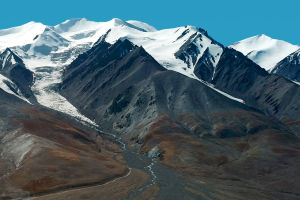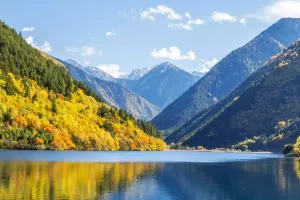In the vast desert, there are few people, but there is an animal that can live freely on it, and can also be used as a means of transportation to help humans cross the desert. They are camels, they are our good friends in the desert.
Camels live in the dry, water-deficient Gobi region, and their unique body structure enables them to adapt to the sandy weather of the desert, so they are called desert boats.
Camels can live on the roughest parts of the sparse vegetation, eating prickly plants, bushes, and hay that other animals don't, but they're happy to eat better food if they can.
Because it often travels far, hay digests more slowly. Camels like to eat plants with strong odor and salt-alkali that other livestock are unwilling to eat. White thorn and Artemisia are delicacies for camels.
Can you now understand why camels can survive in deserts that are rare among humans? This is closely related to the food they eat. Let’s take a brief look at the types of camels.
1. Bactrian camel
It has been domesticated since at least 800 BC. But there are still wild camels in the wild, such as the Tarim-Qaidam Basin in China. They often inhabit dry areas and migrate with the seasons.
2. Dromedary camel
About 13 million dromedary camels in the world are known to have been domesticated, and there are no untamed ones in their original distribution. Some dromedaries were later introduced to Australia, and some to the United States, so only the dromedaries of Australia and the United States are wild camels.
3. Hybrid camel
Bactrian camels have two humps and are cold climate animals. The dromedary has only one hump and is more suitable for desert life. Both hybrids are larger than both camels, have a hump, and are good at packing goods.
In addition, their body structure is also very interesting. The secret of their ability to travel in the desert is their hump. Do you know anything about hump?
1. Store fat
When camels walk in the desert, they often go without food for several days. At this time, the fat in the hump can be consumed and turned into energy, so that the camel has the strength to continue walking and help us with the goods.
Therefore, if you look closely, you will find that the camel's hump will gradually become smaller when it walks, because the fat in the hump is slowly consumed.
2. Water storage
Camels have a particularly powerful ability. Camels can drink 100 kilograms of water at one time, which means they can drink about 80 bottles of mineral water in one breath. This can help camels not drink water for several days in the future.
It seems that the camel's hump is really important. It can help the camel complete the record of not eating or drinking that other animals can't. Do you know other animals that are as strong as the camel?


